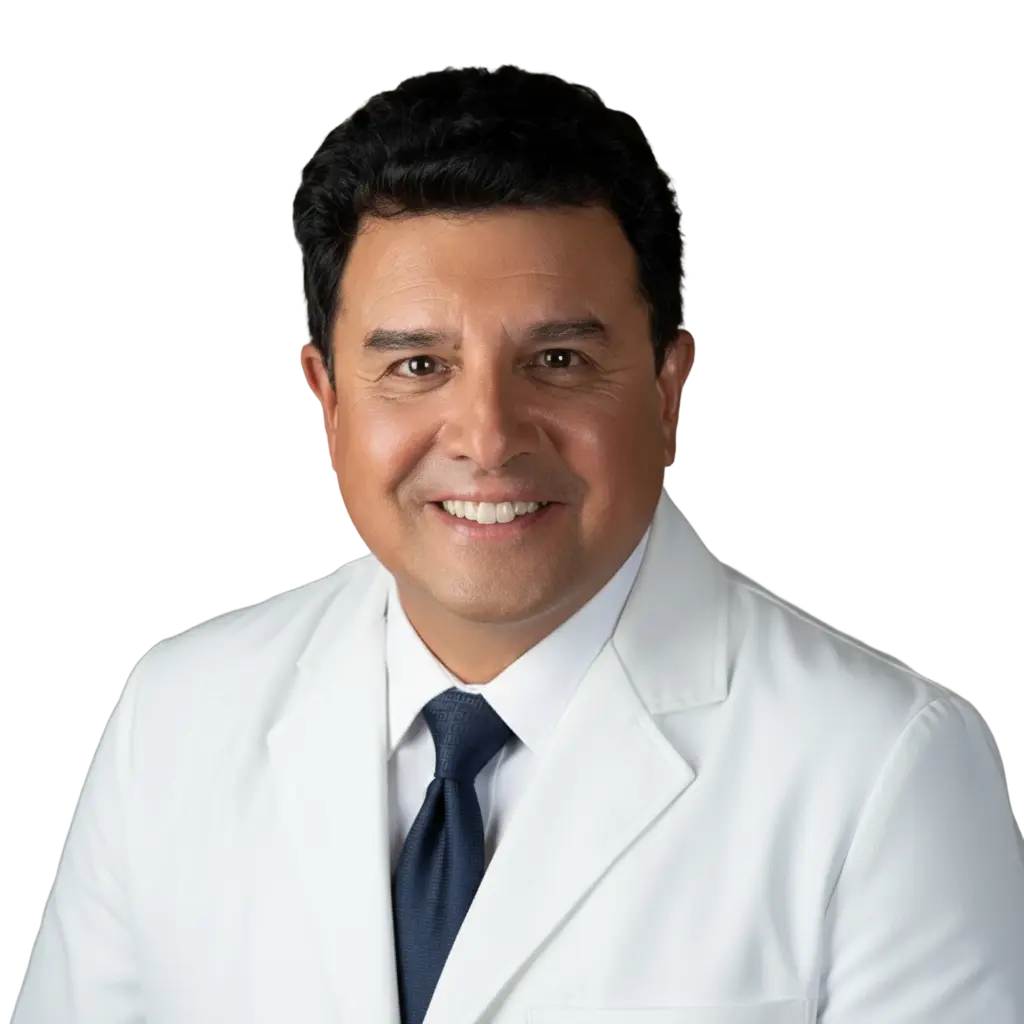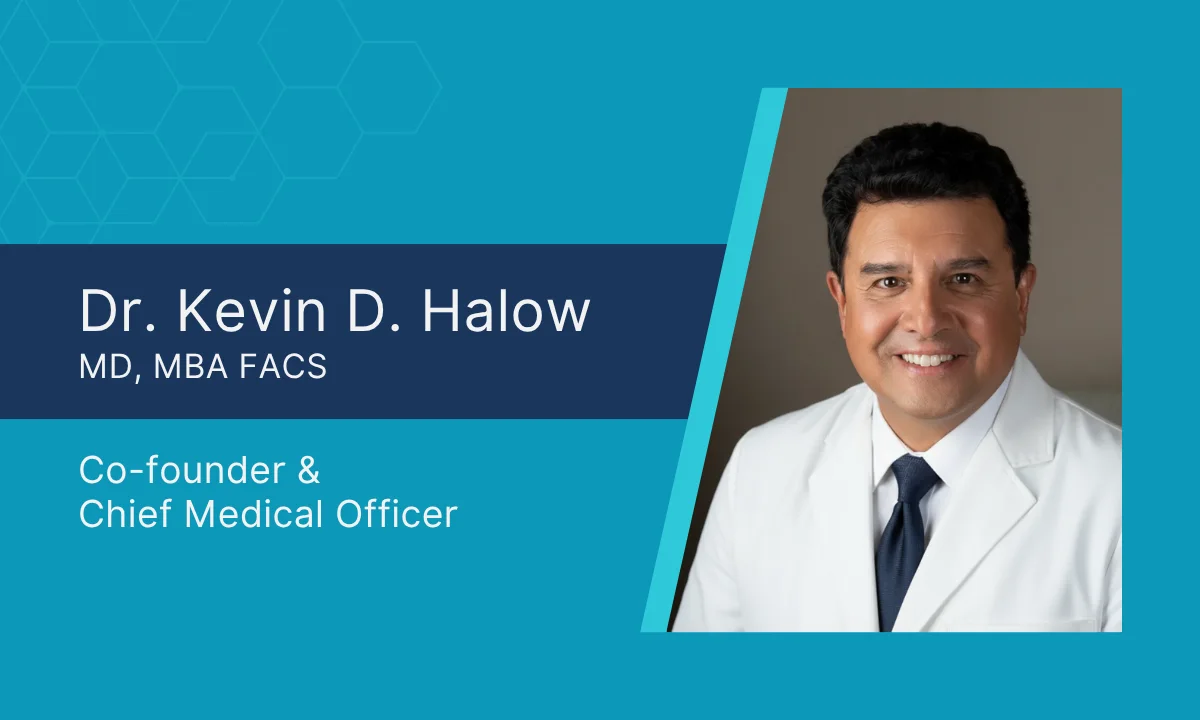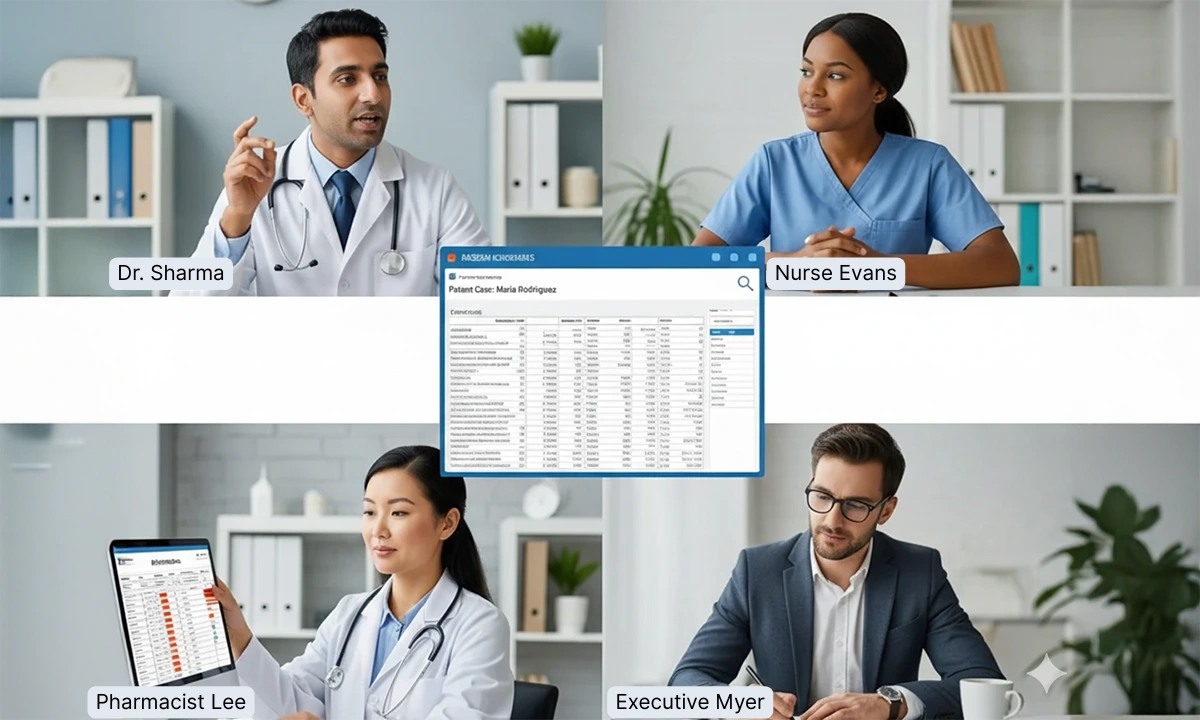Ending Phone Tag in Clinical Workflows: Unified Communication
In the intricate ecosystem of modern healthcare, communication is the critical element that binds everything together. For clinicians, a typical day is a relentless series of interactions: consulting with specialists, clarifying lab results, coordinating with pharmacies, and communicating with patients. Yet, the tools used for these vital conversations are often fragmented, inefficient, and fraught with security risks. Clinicians are left navigating a labyrinth of pagers, faxes, unsecured text messages, and endless games of phone tag.
This fragmented approach not only consumes valuable time but also introduces delays and potential for error, directly impacting the quality of patient care. The solution lies in a paradigm shift, moving from disparate channels to a single, secure, and integrated platform. A HIPAA compliant unified communication platform that connects clinicians with laboratories, specialists, and other stakeholders is not merely an upgrade; it is a fundamental re-engineering of the clinical workflow for the better.
Breaking Down Communication Silos: The Core Challenge
The primary obstacle in clinical communication is the presence of “silos.” The pathology lab operates on its system, the radiology department on another, the referring specialist’s office on a third, and the primary care physician is often caught in the middle, trying to connect the dots.
This separation leads to significant inefficiencies:
- Time Delays: Waiting for a faxed report, leaving a voicemail for a specialist, or trying to reach a busy lab technician can delay critical diagnostic and treatment decisions by hours or even days.
- Information Gaps: When a critical lab value comes in, a static report may lack the necessary context. The inability to quickly ask a clarifying question to the pathologist can lead to misinterpretation or the ordering of unnecessary follow-up tests.
- Security Vulnerabilities: In an effort to save time, well-meaning providers may resort to using non-compliant personal devices for texting images or patient information, creating significant HIPAA compliance risks for the entire practice.
A UC platform dismantles these silos by creating a single, secure environment where all stakeholders in a patient’s care can connect seamlessly.
CAN Health Team Up to End Phone Tag in Health Care
Streamlining Lab and Diagnostic Collaboration
One of the most immediate and impactful benefits of a UC platform is the optimization of communication with laboratories and diagnostic services.
Consider the typical workflow for a critical lab result. Traditionally, the lab might call the office, leave a message, and fax a report. The clinician, who may be with another patient, must then find time to retrieve the message, locate the fax, and act on the information.
With an integrated UC interface, the process is transformed:
- Instant, Secure Notifications: A critical value alert can be sent directly to the clinician’s secure application as a high-priority message.
- Direct-to-Expert Dialogue: If the clinician has a question about the result, for instance, querying a potential sample contamination or asking for a pathologist’s impression, they can initiate a secure text or voice call with the lab professional directly within the platform.
- Integrated Reporting: The official lab report can be attached directly within the communication thread, creating a clear, auditable trail of an event that is linked to the specific patient’s record.
This direct line of clinical communication accelerates the time to diagnosis and treatment, reduces the chance of communication errors, and provides a clear, documented record of the interaction.
Three ways healthcare automation puts an end to patient-provider phone tag
Enhancing Specialist and Referral Coordination
Coordinating care with specialists is another area rife with inefficiency. The traditional referral process involves faxes, phone calls to schedule appointments, and the manual transfer of patient records.
A unified platform streamlines this complex process:
- Seamless Referrals: A primary care physician can initiate a referral within the platform, securely attaching relevant chart notes, imaging, and lab results for the specialist to review instantly.
- Rapid e-Consults: For less complex cases, the platform can facilitate quick “e-consults.” Instead of a full referral, a provider can send a secure message with a clinical question to a specialist, often receiving a response within hours rather than waiting weeks for an appointment. This can be accomplished via text or a brief, non-linear video message.
- Collaborative Care Teams: For patients with complex, multi-disciplinary needs, a dedicated group channel can be created. This allows the primary physician, cardiologist, endocrinologist, and pharmacist to communicate in real-time, ensuring the entire care team is aligned on the treatment plan.
This level of coordination ensures that transitions of care are smoother, specialists have all the necessary information upfront, and patient care is more cohesive.
The Broader Impact on Medical Practice
Integrating all stakeholders onto a single, HIPAA-compliant communication platform yields benefits that extend throughout the entire practice and positively impact the core tenets of healthcare delivery.
1. Enhanced Physician Efficiency and Reduced Burnout
By minimizing time spent on administrative tasks like phone tag and searching for faxes, clinicians can redirect their focus to direct patient care. A streamlined workflow reduces daily friction and cognitive load, which is a significant factor in mitigating professional burnout.
2. Fortified Security and HIPAA Compliance
A UC platform designed for healthcare is built with security at its core. All communications, whether text, voice, or video, are encrypted end-to-end, and access is strictly controlled and auditable. This eliminates the risks associated with using personal messaging apps and provides practice administrators with peace of mind.
3. Improved Patient Outcomes and Safety
Ultimately, the greatest beneficiary of a unified communication system is the patient. Faster diagnoses, better-coordinated treatment plans, and reduced communication errors all contribute directly to superior health outcomes and a safer, more reliable patient experience.
The future of medicine is collaborative and connected. By embracing AI-driven, HIPAA-compliant unified communication in clinical workflows, medical practices can break free from the inefficient constraints of the past, empowering clinicians to work more effectively and deliver the highest standard of patient care.
The Benefits of HIPAA Compliant Unified Communication
Frequently Asked Questions
1. How does unified communication reduce phone tag in clinical workflows?
Unified communication platforms replace faxes, pagers, and phone calls with secure, instant messaging and integrated notifications, eliminating delays caused by missed calls and voicemails.
2. What role does a unified communication platform play in lab and diagnostic collaboration?
It delivers instant alerts, enables direct messaging with lab professionals, and integrates reports into patient records, creating a faster and more accurate diagnostic workflow.
3. How does unified communication improve referral management between specialists and primary care providers?
It allows secure referrals, e-consults, and dedicated care team channels, ensuring all providers have the necessary patient information upfront.
4. Can unified communication platforms help reduce physician burnout?
Yes. By minimizing administrative burdens like phone tag, searching for faxes, and manual follow-ups, clinicians save time and reduce cognitive load, which lowers burnout risk.
5. Why is HIPAA compliance important in unified communication for healthcare?
Because clinicians often resort to personal devices or unsecured apps, HIPAA compliant unified communication ensures all data exchanges are encrypted, auditable, and legally protected.






